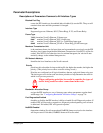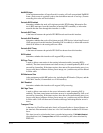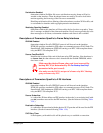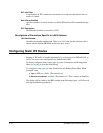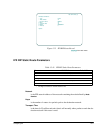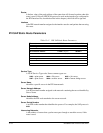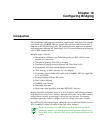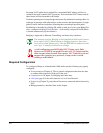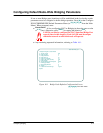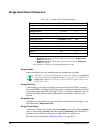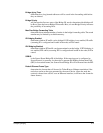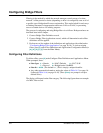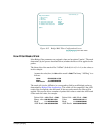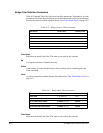
Chapter 16
Configuring Bridging
Introduction
The SmartSwitch 1800 supports transparent "spanning tree" bridging of non-routable
LAN traffic (e.g., NetBIOS, DECnet, AppleTalk) over frame relay between 802.3/
Ethernet or 802.5/Token Ring LANs. The SmartSwitch also supports translational
bridging between Ethernet and Token Ring LANs. (For more information on bridging,
refer to IEEE standard 802.1d.)
Bridging support includes:
●
Encapsulation of Ethernet and Token Ring traffic per RFC 1490 for trans-
mission over frame relay
●
Transparent Spanning Tree (802.1) bridging
●
Translational bridging between Ethernet and Token Ring LANs
●
Compatibility with Source Route Bridge environments
●
"Self-learning" of MAC addresses for core bridging
●
Forwarding of non-routable LLC traffic such as NetBIOS, DECnet, AppleTalk,
LAT, and VINES
●
Routing/bridging of IP and IPX traffic
●
MAC address filtering
●
NetBIOS name filtering
●
Bandwidth allocation
●
Multivendor interoperability with other IEEE 802.1d devices
Routing transmits each packet based on its level-3 address, while bridging transmits
each frame based on its level-2 address. Athough some traffic can be either routed or
bridged, there is usually an advantage to doing one over the other. For instance,
bridging is generally easier to configure; however, routing can be more versatile.
IP and IPX traffic can also be bridged. (Bridging can be enabled individually for IP or
IPX; if enabled for either, all traffic of that type will be bridged.)
Neither IP (because of its ARP frames) nor IPX (because of its MAC
addressing structure) can be bridged successfully between Ethernet and
Token Ring LANs. (However, they can be routed between different LAN
types.)



